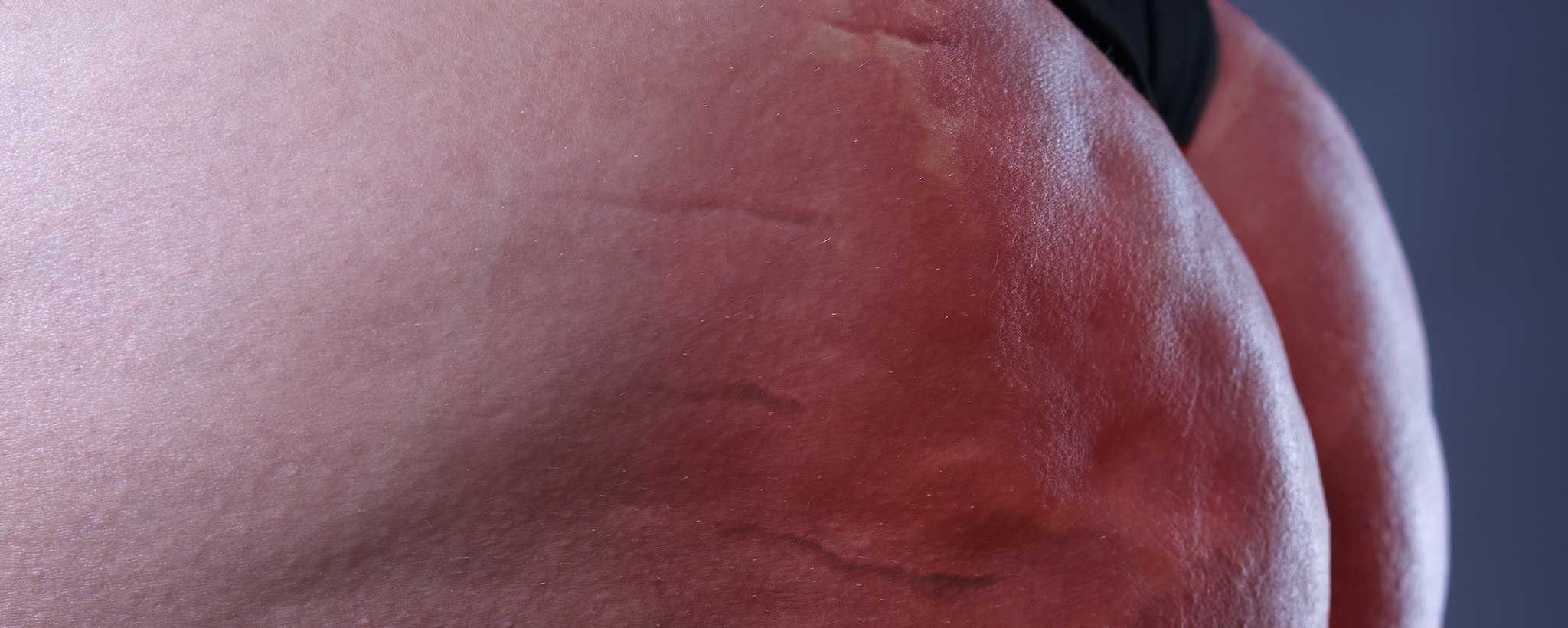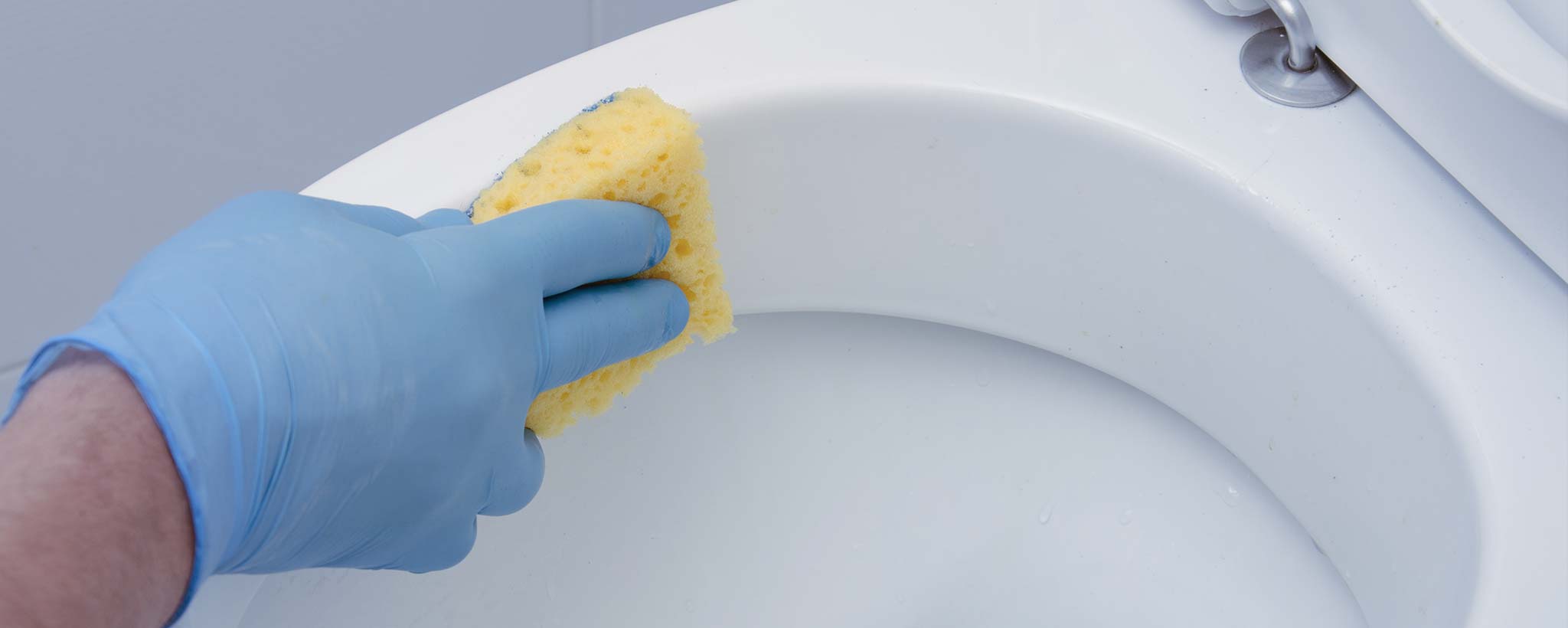Ninety percent of colorectal polyps occur after age 50. Nearly all colon cancers develop from polyps, but polyps grow slowly. Some are more prone to being cancerous than others.
« Login For Audio »
And Why You Should
Are you sedentary and 50 years or older? If you are getting up in age, decreasing exercise, and gaining weight, you have a greater chance of developing colorectal or anorectal polyps. Ninety percent of cases occur after age 50. [1] A family history of polyps or colon cancer also predisposes you to such.
Colorectal polyps can recur, and women diagnosed with uterine or ovarian cancer before age 50 are more likely to develop polyps. [2] Colon polyps occur in about 40 percent of adults, so they are quite common and often benign.

What Are Colon or Anal Polyps?
Depending upon location, they may be referred to as colorectal or anorectal polyps (describing approximate location), colon polyps, or anal polyps. Composition and other factors determine more specific pathological designations.
Adenoma polyps have the potential to become cancerous. Hyperplastic or inflammatory polyps have virtually no chance of becoming cancerous. Hyperplastic polyposis syndrome is a rare condition that has been defined by the World Health Organization [3] as either:
- Five or more hyperplastic polyps proximal to the sigmoid colon, with two polyps greater than 10 mm in diameter; or
- Any number of hyperplastic polyps proximal to the sigmoid colon in a person with a first-degree relative who has hyperplastic polyposis syndrome; or
- More than 30 hyperplastic polyps of any size throughout the colon and rectum.
Hamartomatous polyps are growths, like tumors, found in organs as a result of genetic mutation or faulty development. They are normally made up of a mixture of tissues. Two-thirds of colon polyps are adenomas; although most of these do not develop into cancer, they have the potential to become cancerous, so they should be removed early. [4] Size plays a factor. Larger polyps have a greater likelihood of being cancerous. Malignant polyps contain pre-cancerous or cancerous cells.
| Colorectal Polyp Dysplasia and Pathology [4] | ||
|---|---|---|
| Colon Polyp | Tubular Adenoma | Villous Adenoma |
 |  |  |
| Polyp of the sigmoid colon as revealed by colonoscopy. Approximately 1cm in diameter. | Micrograph of a tubular adenoma, the most common dysplastic colon polyp, has a 5% cancer risk. | Micrograph of a villous adenoma. These polyps have a 40% risk of malignant transformation. H&E stain. |
| Although exact causes are not completely understood, lifestyle risk factors include: a high-fat diet, a diet high in red meat, a low-fiber diet, cigarette smoking, and obesity. [2] | ||
What Are Symptoms of Colorectal Polyps?
Polyps in the colon are detected during a routine colonoscopy, which is typically recommended at age 50. Polyps of the anus may be visible without medical equipment. They can become inflamed, bleed, obstruct bowel movements, or have no symptoms at all.
Symptomatic anal polyps must be differentiated from more common hemorrhoids. Depending upon the number, size, and location, anorectal polyps may generate the faux reflex to evacuate the bowels.
How Are Colorectal Polyps Treated?
During a colonoscopy or sigmoidoscopy, most polyps are painlessly removed using a wire loop that cuts the stalk of the polyp and cauterizes it to prevent bleeding (polypectomy). Because the bowel’s lining is not sensitive to cutting or burning, polyp resection does not cause discomfort.
Large, flat, and otherwise laterally spreading adenomas may be removed endoscopically by a technique called endoscopic mucosal resection (EMR). Fluid is injected beneath the lesion to lift it, facilitating surgical excision. These techniques are alternatives to a much more invasive colectomy. Polyp tissue is biopsied for histologic cancer evaluation. [4,5]
- About 85 percent of polyps are “sessile”: dome-shaped, without a stalk.
- About 13 percent of polyps are “pedunculated,” hanging from the colon wall on a stalk like a cherry on a stem.
- About 2 percent of precancerous lesions are flat.
Are Polyps Cancerous?
Currently, in the United States, colorectal cancer is the third leading cause of cancer deaths in both males and females. Adenocarcinomas comprise 98 percent of colon and rectal cancers. [6] Nearly all colon cancers develop from polyps, but the polyps grow slowly, usually over (~10) years, so screening is important. Warts, caused by HPV, are differentiated from anal cancer.
| Polyp Size | Cancer Risk |
|---|---|
| < 1 cm | < 1% |
| 1 cm (3/8 inch) | 10% |
| 2 cm (3/4 inch) | 15% |
| 5 cm (2 inches) | > 30% * |
| Be alert to visible, rapidly growing polyps. | |
Colorectal cancer is almost always treated surgically. Once these cancers become symptomatic, the prognosis worsens. When discovered at an early stage I, there is at least a 5-year survival rate for 95 percent of patients with colorectal cancer. When stage IV (distant metastases) is reached, the likelihood of 5-year survival is less than 10 percent. Any patient with rectal bleeding should have an immediate digital and anoscopic examination. [7,8]
If you have a familial disposition to develop polyps or any other risk factors (see the above table), your doctor may recommend early or more frequent screening. In some cases, an MRI may be warranted. Otherwise, be certain to follow through with the scheduled 50-year initial screening and subsequent follow-ups to maintain good health.
The American College of Gastroenterology recommends that African Americans start routine screening at age 45 because they have higher odds of getting colorectal cancer than white people.
Since 30–50 percent of people develop polyps, any asymptomatic colonic or anorectal polyps discovered are common and most likely benign (non-cancerous). Promptly have any unusual symptoms evaluated by your regular physician or gastroenterologist.
To support the writing of useful articles about gastroenterology, ClinicalPosters sells human anatomy charts, scientific posters, and other products online. You may sponsor specific articles, become a ClinicalNovellas Member, or remit a small donation.
ClinicalPosters sells human anatomy charts, scientific posters, and other products online to offset expense of the writing useful articles about gastroenterology. Slide extra posters into DeuPair Frames without removing from the wall.
Show your support by donating, shopping for ClinicalPins, becoming a ClinicalNovellas Member, or leaving an encouraging comment to keep the research going.
To support the writing of useful articles about gastroenterology, ClinicalPosters sells human anatomy charts, scientific posters, and other products online. You may sponsor specific articles or remit a small donation.
ClinicalPosters sells human anatomy charts, scientific posters, and other products online to offset expense of the writing useful articles about gastroenterology. Slide extra posters into DeuPair Frames without removing from the wall.
ClinicalPosters sells human anatomy charts, scientific posters, and other products online. You may remit a small donation or become a ClinicalNovellas Member.
You can support the writing of scholarly articles about gastroenterology by sponsoring specific articles, becoming a ClinicalNovellas Member, or remitting a small donation. Visible content is optimized for device size.








